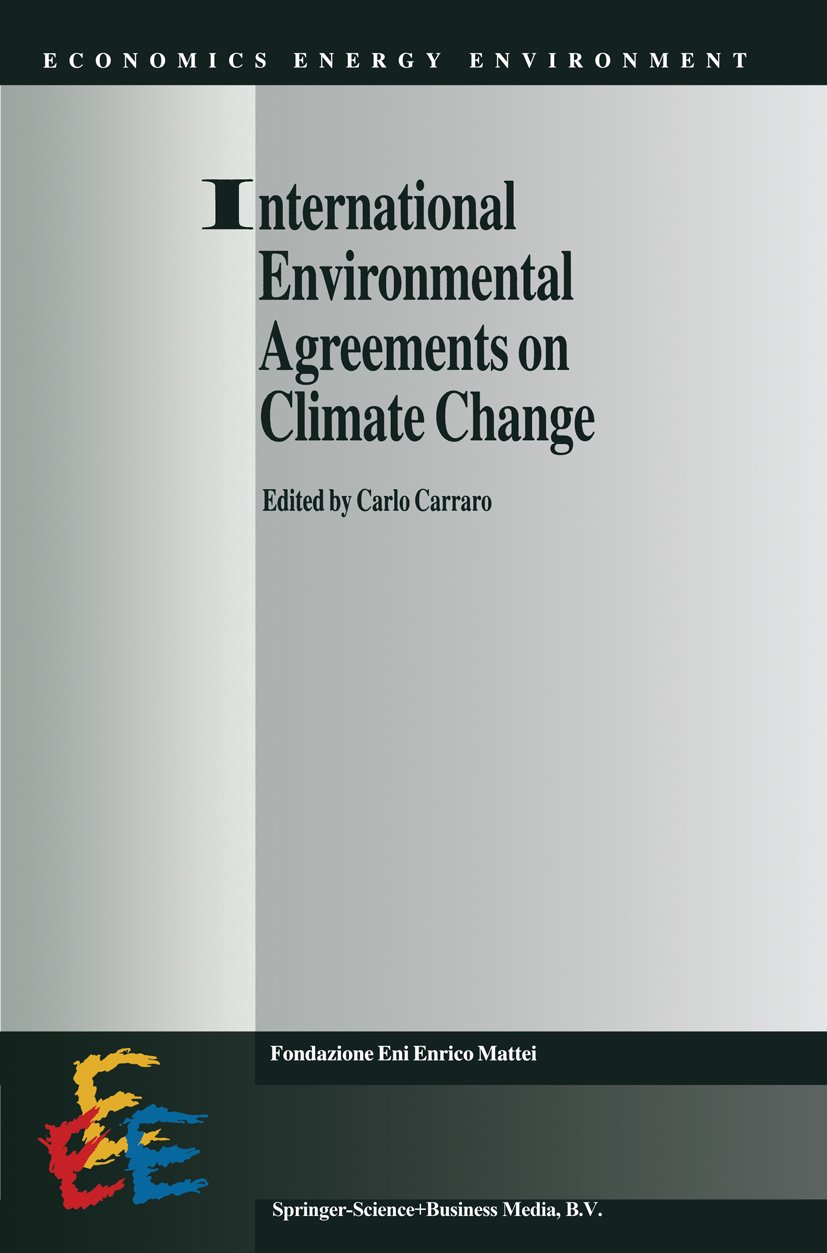International Environmental Agreements on Climate Change
by Carlo Carraro
2020-05-30 23:01:25
International Environmental Agreements on Climate Change
by Carlo Carraro
2020-05-30 23:01:25
Climate change is one of the major environmental concern of many countries in the world. Negotiations to control potential climate changes have been taking place, from Rio to Kyoto, for the last five years. There is a widespread consciousness that th...
Read more
Climate change is one of the major environmental concern of many countries in the world. Negotiations to control potential climate changes have been taking place, from Rio to Kyoto, for the last five years. There is a widespread consciousness that the risk of incurring in relevant economic and environmental losses due to climate change is high. Scientific analyses have become more and more precise on the likely impacts of climate change. According to the Second Assessment Report of the Intergovernmental Panel on Climate Change, current trends in greenhouse gases (GHGs) emissions may indeed cause the average global temperature to increase by 1-3. 5 °C over the next 100 years. As a result, sea levels are expected to rise by 15 to 95 em and climate zones to shift towards the poles by 150 to 550 km in mid latitudes. In order to mitigate the adverse effects of climate change, the IPCC report concludes that a stabilization of atmospheric concentration of carbon dioxide - one of the major GHGs - at 550 parts per million by volume (ppmv) is recommended. This would imply a reduction of global emissions of about 50 per cent with respect to current levels. In this context, countries are negotiating to achieve a world-wide agreement on GHGs emissions control in order to stabilize climate changes. Despite the agreement on targets achieved in Kyoto, many issues still remain unresolved.
Less































